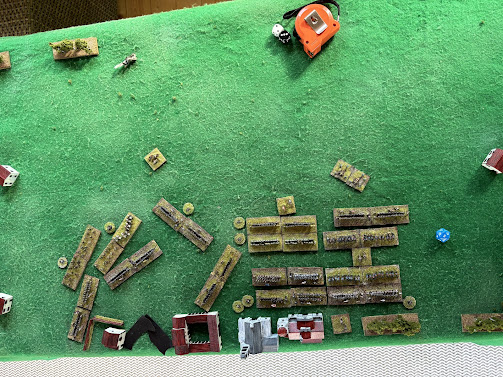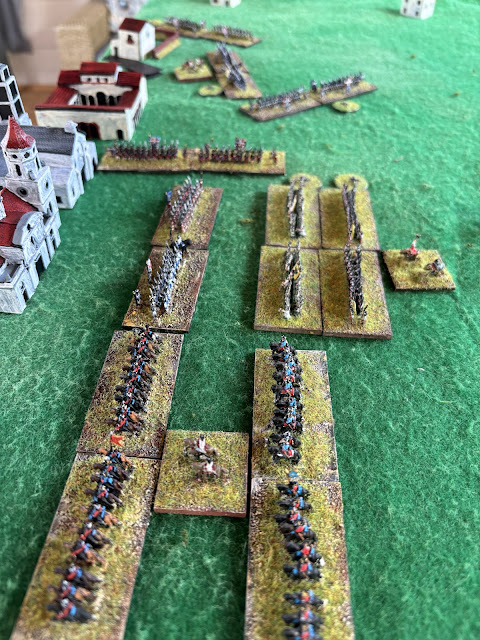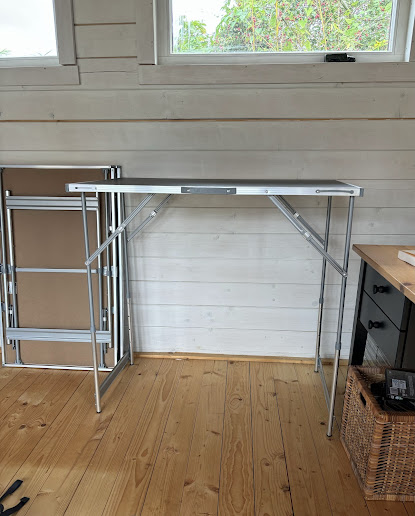On Friday I had the double pleasure of a talk at the National Army Museum and a meet up with the Ragged Coated Soldier (aka David in Suffolk) over lunchtime.
The talk was by the author of a new book published by Helion and written by Royal Engineers officer who grew up in Spain, Séan Scullion. The subject was fascinating, even moving in parts, and was delivered with humour and modesty by the author. There were a number of family members of the Spanish veterans in attendance, who had been key to helping provide information in addition to official archives. The subject concerned about 1200 Spanish exiles who served in the British Army (i.e. excluding RN and RAF). They were mostly (all?) either ex-Republican fighters in the Spanish Civil War, or the older ones of the niños vascos (Basque Children - evacuated from Spain).
Their routes into the British Army were many and varied, including many trials along the way. Just one example: a Spanish unit that had fought under the French in Norway in 1940, were due to be shipped back to France when France was virtually knocked out of the war. Hundreds of Spaniards refused to embark whereupon their French commanders threatened to decimate them, until the British stepped in and agreed to 'take them on'. The Spaniards wanted to stay with the British in order to continue the fight against fascism.
This is really just the small tip of the large iceberg of Spanish exiles after the SCW. Approximately 400,000 went to France alone (including some of those that ended up in British uniform). They were first regarded as a problem by the French in 1939, (themselves being badly politically split), then found useful when war approached, then back to being problematic when France collapsed in 1940. Many found their way to North Africa and French Middle East, as well as Mexico. 10,000 women and children were later rounded up by the Vichy French and sent to a concentration camp in Germany where most of them died.
Some of the Spanish ended up in 2SAS via Middle East Commando, and service in Crete in 1941. One bore the fabulous name of Francesco Geronimo, though he changed it to 'Frank Williams'. 'Williams!' doesn't have the same ring to it as 'Geronimo' when jumping out of a plane! A number of Spaniards who were captured, and were advised by their British Medical Officer to claim to be Gibraltarians to avoid being singled out for 'special treatment' by their captors.
David and I had a really good chat over lunch in the museum's cafeteria afterwards before I headed off back to work. By the way, if you're ever planning to spend time there, beware that mobile signals are very poor inside!
Here are some links and pictures from the display boards at the museum:
After the War, those who settled in Britain, formed their own ex-servicemen's association (see the pics in the Helion link below). This was active at least into the 1970s. One photo of a parade by the Spanish ex-Servicemen's Association, shown at the talk, included one Luis Gabriel Portillo....father of British ex-Conservative minister and railway enthusiast, Michael Portillo. (See top right of the top picture above)
https://www.helion.co.uk/military-history-books/churchills-spaniards-continuing-the-fight-in-the-british-army-1939-46.php
Introduction to the niños vascos
The Basque Children Association




















